Tom's Guide Verdict
Polar's A370 fitness tracker gets a boost from continuous heart rate-monitoring, connected GPS and and a colorful display, but the GPS is wonky.
Pros
- +
Large, colorful display
- +
Accurate heart rate-tracking during outdoor workouts
- +
Useful sleep insights
- +
Waterproof
Cons
- -
Connected GPS can be unreliable
- -
Battery life could be better
- -
Too expensive for what it offers
Why you can trust Tom's Guide
Polar's new A370 fitness-tracking wristband is a course correction from its predecessor, the A360, which was lacking in a few key areas. The A370 improves upon the last-gen model, with continuous heart-rate monitoring, GPS (sort of), an easier-to-fasten band clasp and a new sleep-tracking tool called Polar Sleep Plus.
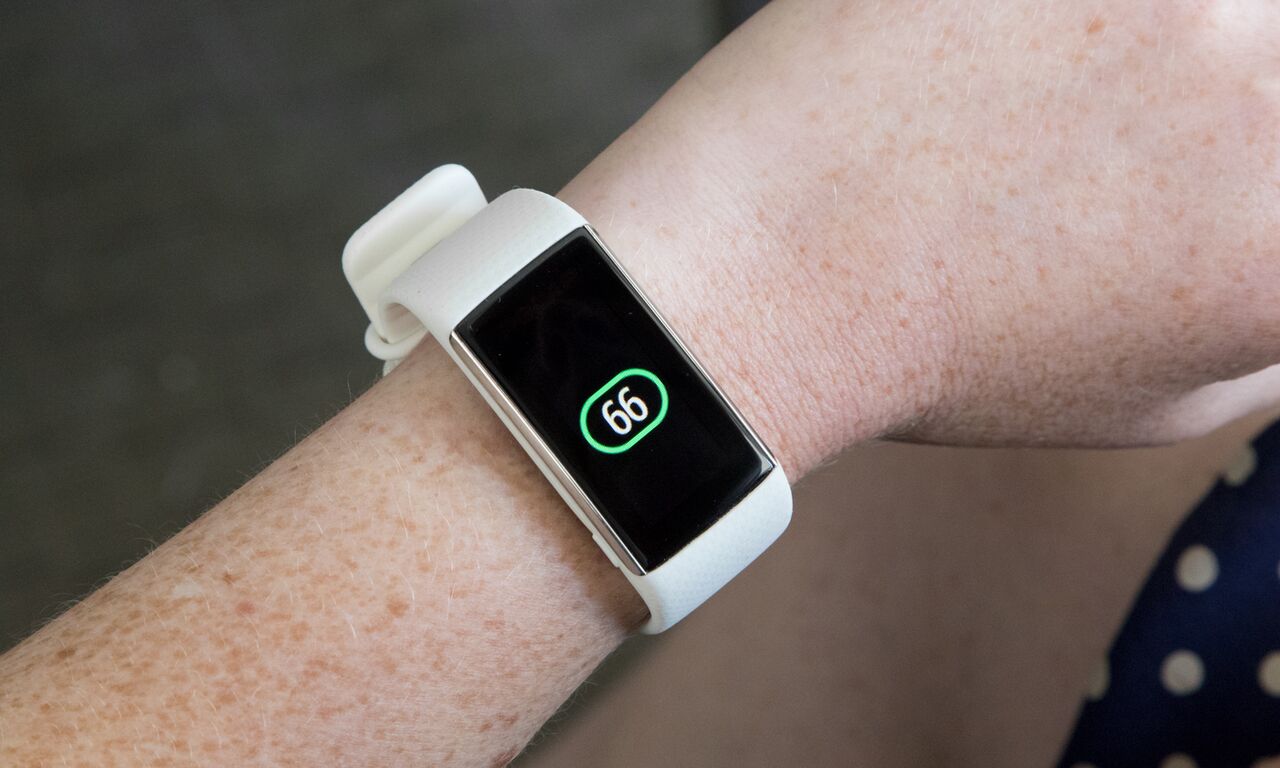
But the $179 A370 is also a direct shot at Fitbit, the category leader, with a handful of marquee features yanked straight from last year's best-selling Fitbit Charge 2. Can Polar out-Fitbit Fitbit? Spoiler alert: no.
Design: Tweaks make a difference
The A370 looks almost exactly the same as the A360. Both have beautiful, bright, full-color TFT capacitive touch screens that show the time when you move your wrist. Fitbit's Charge 2 also has a touch display, but I prefer the A370's because it's much longer and can show more information at a glance.

When you swipe down from the main clock view, you'll see settings, your heart rate and an overview of your daily activity. You can also start a training session from that menu. A bigger display makes it easier to see data at a glance while you're running outside, which is a bonus.
To sync the tracker with the Polar Flow app, press and hold the side button on the A370. (It's bizarre that this function has a dedicated hardware button.) The same button will pause or end a workout. The A370 supports phone notifications from any app, which is far better than what the Charge 2 offers: limited text, call and calendar alerts. Like the Charge 2, the A370 also enables alarms and sends you messages encouraging you to move. All of these alerts are accompanied by a strong vibration, which will definitely wake you from a dead sleep. Trust me.
With the A370, Polar has moved to a more traditional watch buckle to fasten the fitness tracker, which makes it much easier to put on than the A360.
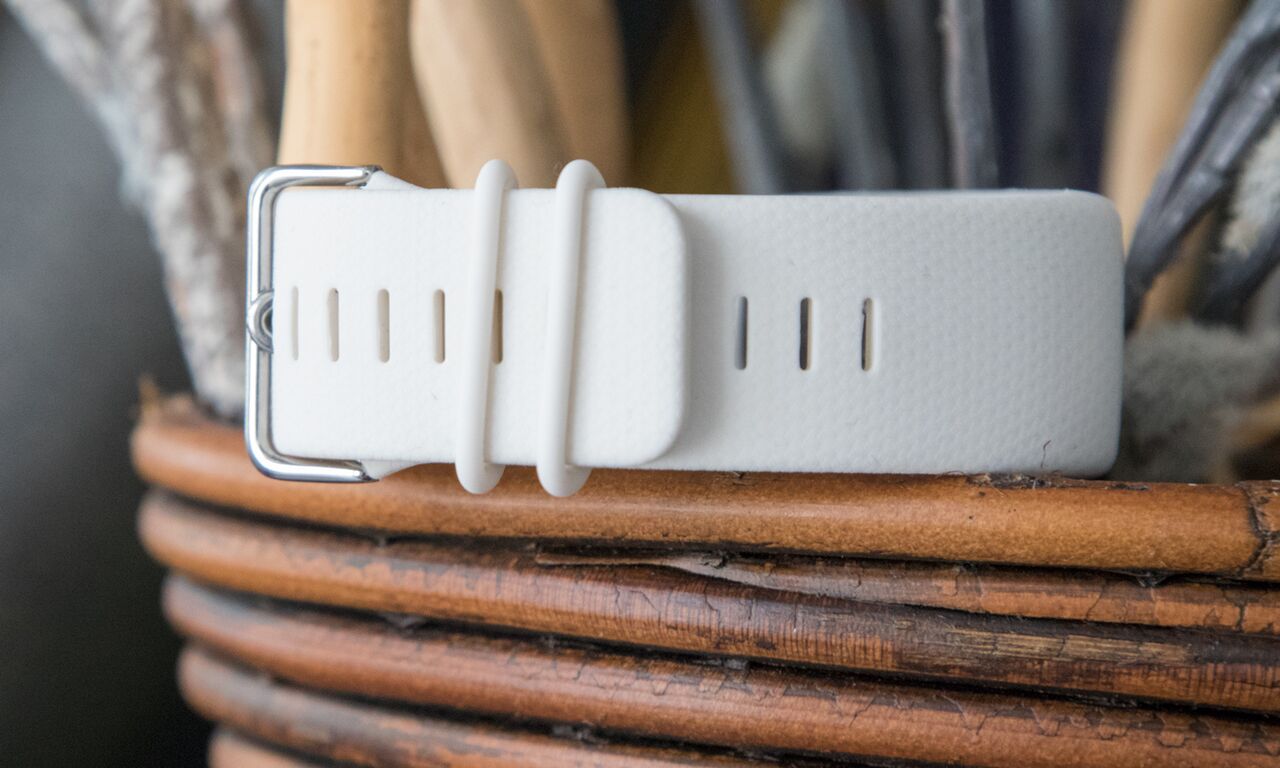
But the A370 still looks very much like a run-of-the-mill fitness band. Its six interchangeable straps are available only in a sporty elastomer material, which you won't want to wear with a dressy outfit or to a fancy event. Polar offers two band lengths, small and medium/large, but if you have a small wrist, the A370 will look massive. There's no getting around it. I prefer the size of Fitbit's Alta HR over both the Charge 2 and the A370, which both look ridiculous on me. But the A370's larger display almost makes up for its all-around huge size.
Get instant access to breaking news, the hottest reviews, great deals and helpful tips.
Continuous Heart Rate: Upping the ante
Where the A370 differs from its predecessor is in its continuous heart-rate tracking, which means the device can do almost everything the first-gen fitness tracker couldn't: log your outdoor running mileage and speed, offer heart-rate-based insights on your activity, and give you a more comprehensive look at your sleep patterns. Polar is touting its new sleep-tracking tool as one of the A370's marquee features.
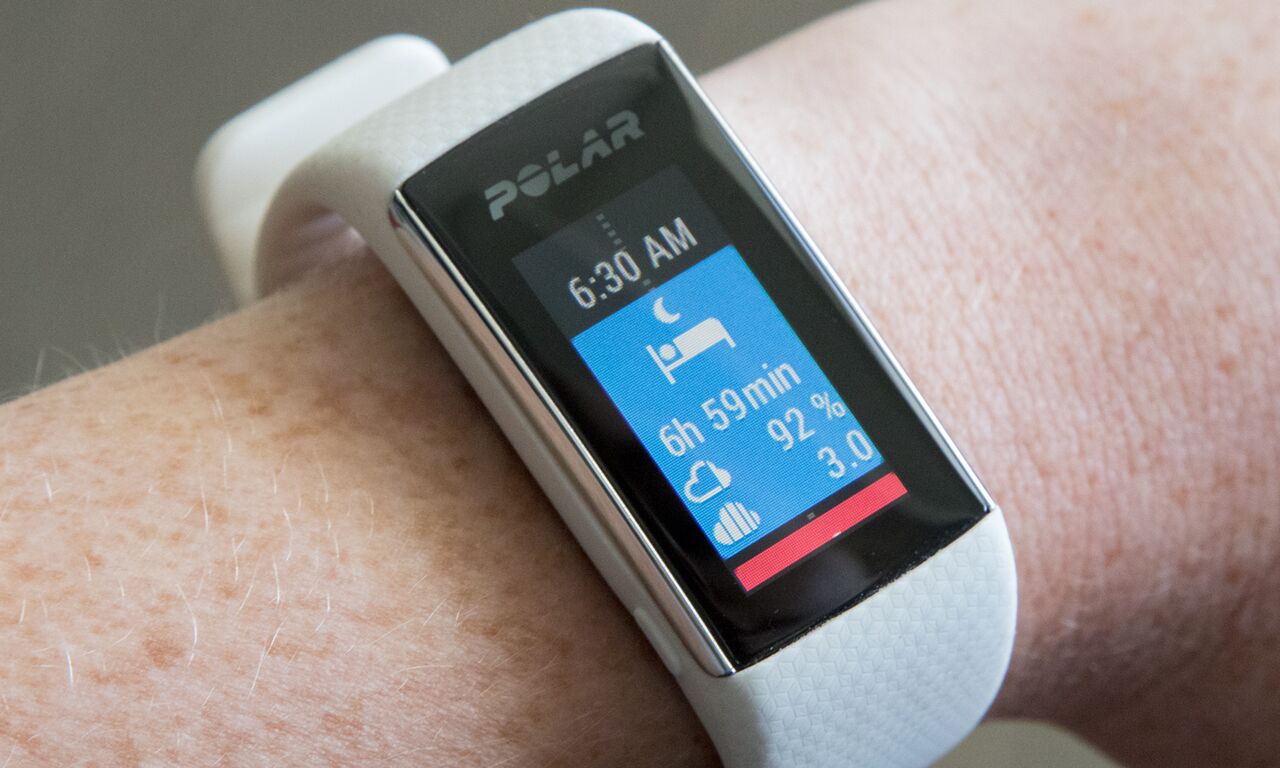
While Fitbit uses the heart rate sensors on its Charge 2 and Alta HR to track your sleep cycles — which presumably Polar could also do with the A370's continuous heart-rate monitor — Polar Sleep Plus is pretty bare-bones. The device accurately detected my sleep and wake times and synced them to the Polar Flow app, but the graphed data didn't include how much REM versus light sleep I got per night, like Fitbit's app does. Your heart rate during sleep says a lot about the quality of rest you're getting, and Polar Sleep Plus could offer more useful insights.
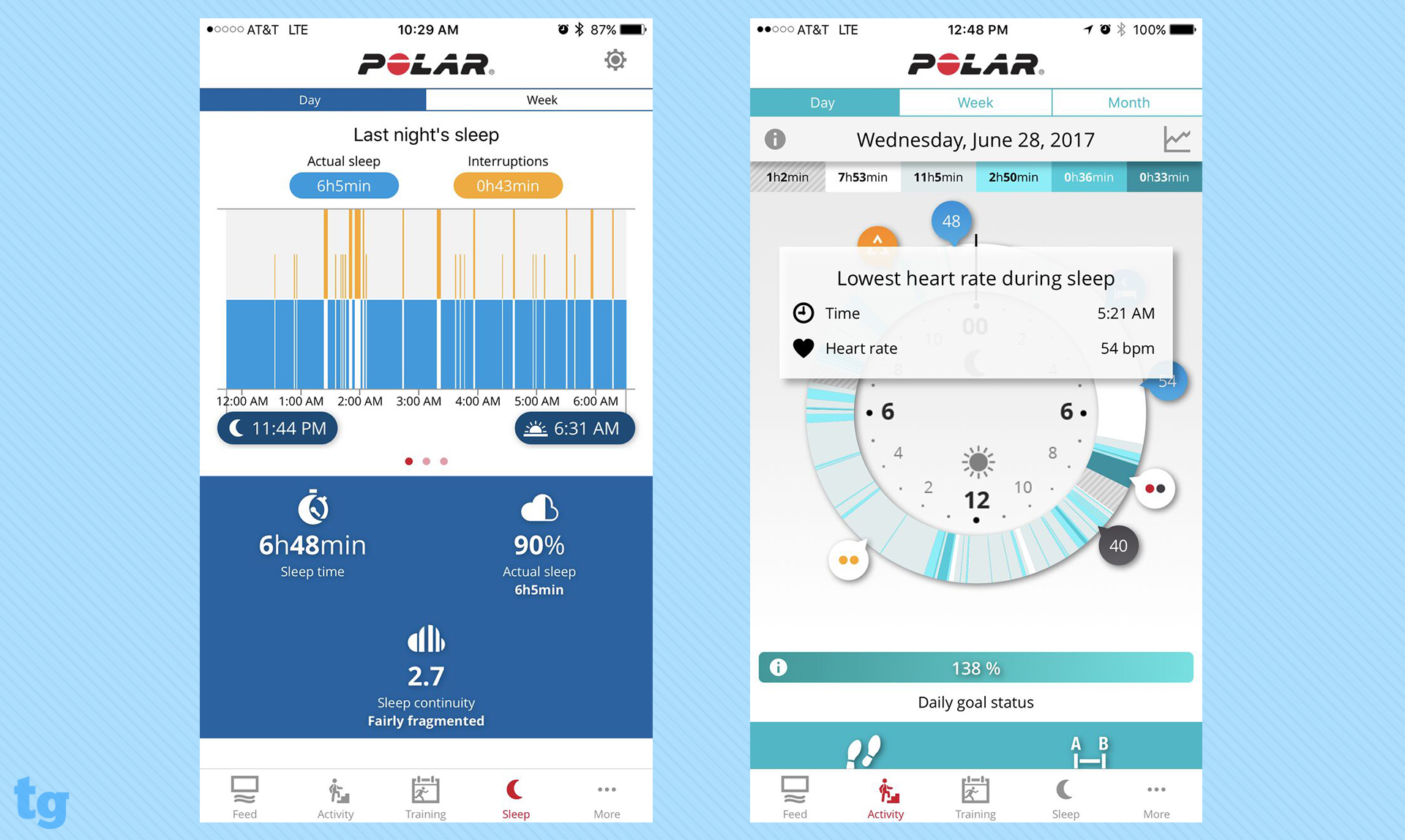
I do like the in-app sleep-continuity rating, which tells me how many times I woke during the night, and the ability to give my own feedback on each night's sleep. Polar's nightly report also includes your lowest heart rate during sleep, which Fitbit's doesn't. While that data point is probably more useful to people with sleep disorders or heart problems, I still found it fascinating.
A Better Run-Tracker: But GPS isn't great
The continuous heart-rate tracking is more relevant for runners than it is for insomniacs. The A370 samples your heart rate every 5 minutes during the day and night, but when you start a training session, the device kicks into high gear and tracks your heart rate throughout your workout. Polar uses this data to more accurately estimate calories burned during your session and offer post-exercise feedback based on how hard you trained.

Optical heart rate sensors have improved by leaps and bounds over the last few years. I took the A370 on several 3-mile runs over the course of a week and a half, and it consistently and accurately tracked my heart rate. I strapped a Polar H10 heart rate monitor to my chest for comparison and got almost exactly the same results.
With the A370, Polar addressed the lack of GPS that made the A360 a no-go for runners and bikers. Instead of baking GPS directly into the device, Polar went with the Fitbit Charge 2 approach: allowing the A370 to use your phone's GPS. However, this means you can't accurately track your mileage without toting a second device along.
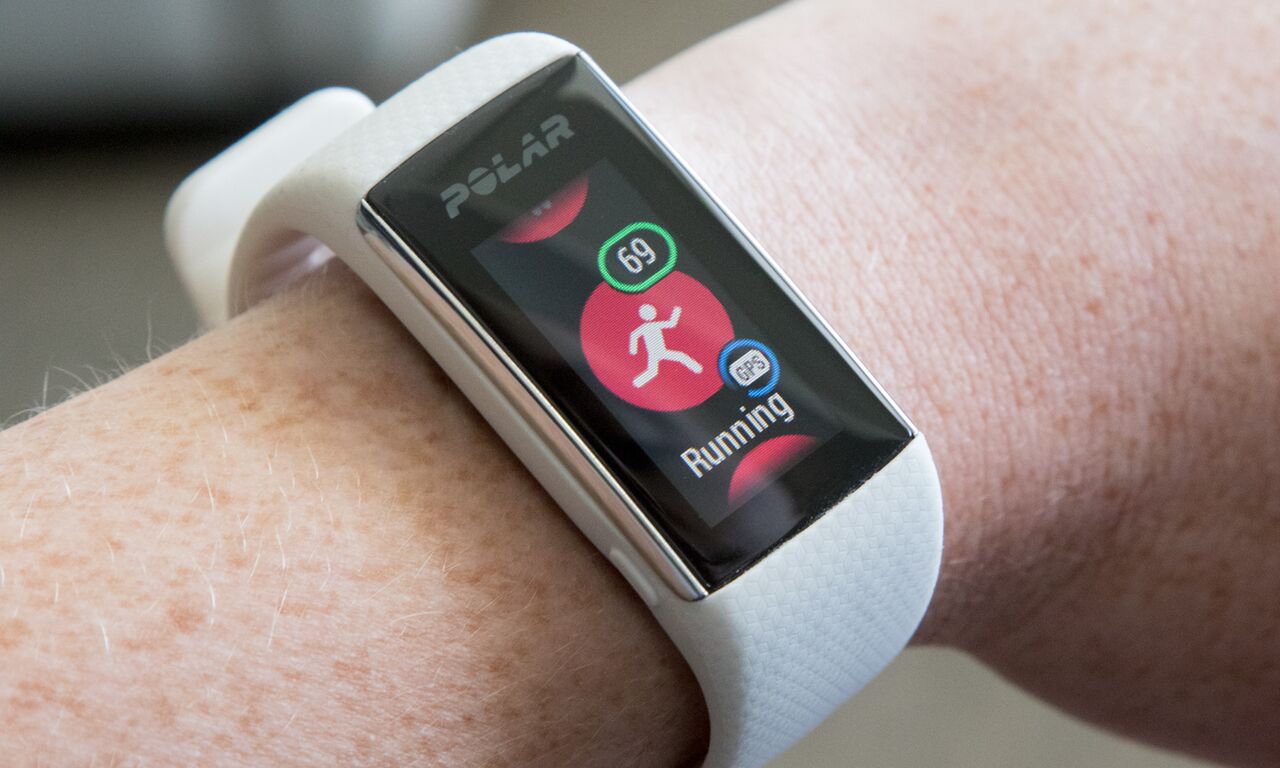
Frankly, the connected GPS was annoying. First you have to change your smartphone settings to allow Polar Flow to constantly track your location, which is a setting I hate to turn on for any app. Without doing that, you won't get maps of your routes. Even after I changed my settings, the A370 kept losing the GPS signal on my morning runs and vibrating my wrist every single time to alert me. That may have been the fault of my iPhone 7 Plus and Brooklyn's tree-lined streets and parks, but it was still irritating. The Polar Flow app still managed to accurately map my route and graph my pace per mile, but those constant vibrations killed me.
A Busy App: Try taking a cue from Fitbit
Like many fitness-tracking apps, Polar Flow (available for Android and iOS) has a lot going on. There are tabs for your main feed, which displays your daily activity and workouts, as well as updates from any friends you've added in the app.
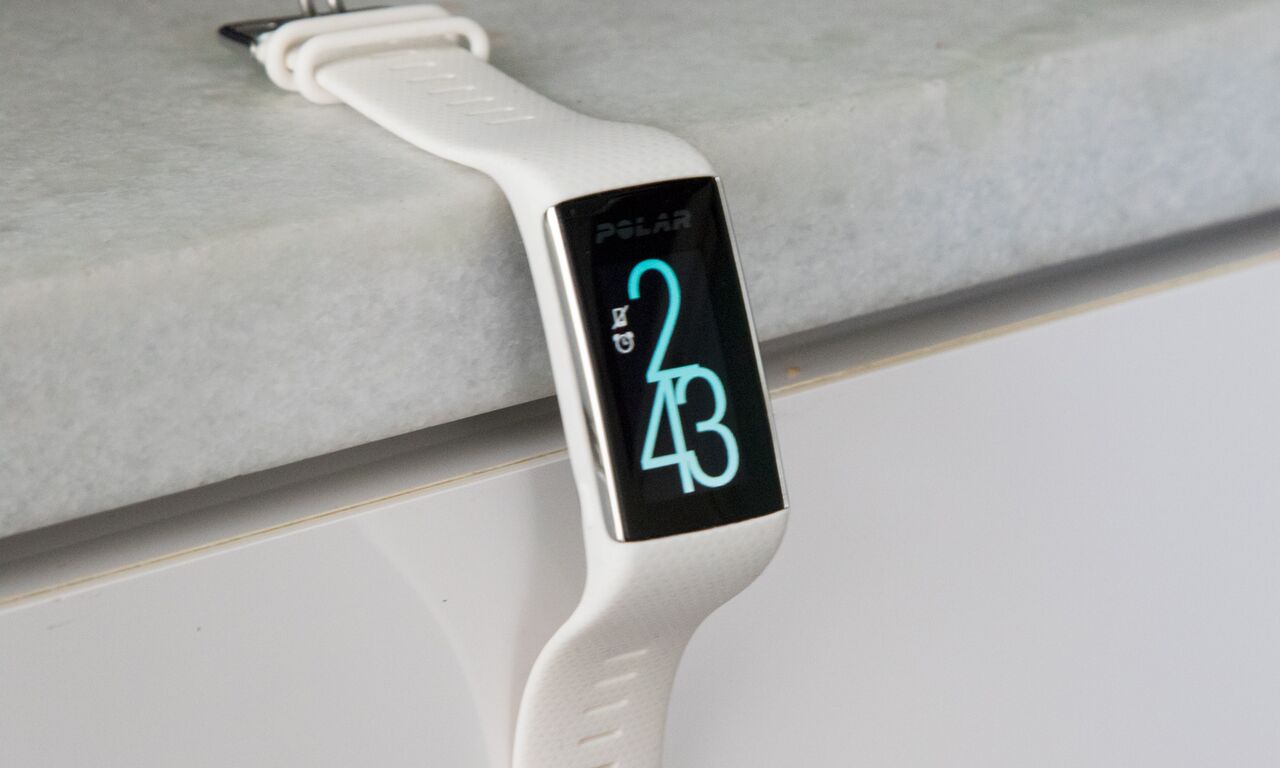
The Activity tab gives you an overview of your day with charts and graphs galore, and includes data on workouts and sleep. But then workouts and sleep get their own tabs with deeper insights, because why not? The whole app could use a streamlined redesign. This is where Fitbit shines. Its app is gorgeous; its social features are easy to find and use, and I don't have to dig around to find the data I want to see.
I took the A370 on several 3-mile runs over the course of a week and a half, and it consistently and accurately tracked my heart rate.
Polar has another app, Polar Beat, which syncs with the company's H10 chest strap and offers voice coaching. That app looks like a million bucks with a very Apple-inspired design, but it offers far fewer features than Polar Flow. If Polar would marry the two, I would love the A370 a whole lot more.
Battery Life: Could be better
Few people want to wear a device that has to be charged every single day. Our phones alone require constant care and feeding, and the last thing my routine needs is more devices that require nightly charging. Polar's device promises up to four days on a single charge, though I was getting just three days with continuous wear, notifications enabled and 30- to 40-minute daily training sessions. That's on par with the A360, but the Fitbit Charge 2 can last about five days on a charge.
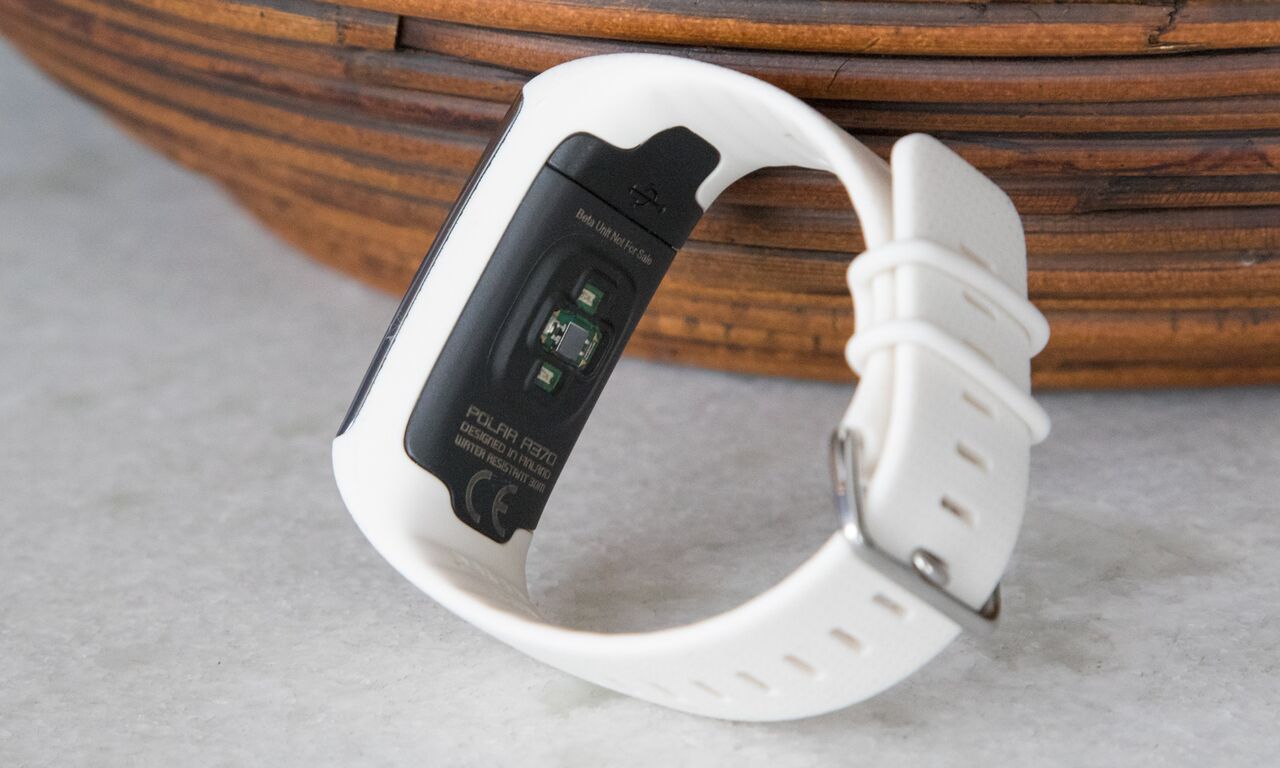
The A370 wins bonus points for using a micro USB cable instead of a proprietary charger, though the port cover feels flimsy, like I might lose it at any moment.
Bottom Line
The A370 is a vast improvement over the A360. It offers accurate, continuous heart-rate tracking; connected GPS; deeper sleep insights; and a better band clasp at a lower price than Polar's previous band.
If you're a serious athlete, a more fully-featured GPS watch, such as the Garmin Forerunner 35, would be a better investment. If you just want a fitness band that can track your exercise and sleep without too much fuss, the A370 is a good option. But Fitbit's Charge 2 is less expensive and offers many of the same features, with the bonus of a great app and interchangeable bands that can transition from the gym to the office.
Caitlin is a Senior editor for Gizmodo. She has also worked on Tom's Guide, Macworld, PCWorld and the Las Vegas Review-Journal. When she's not testing out the latest devices, you can find her running around the streets of Los Angeles, putting in morning miles or searching for the best tacos.
